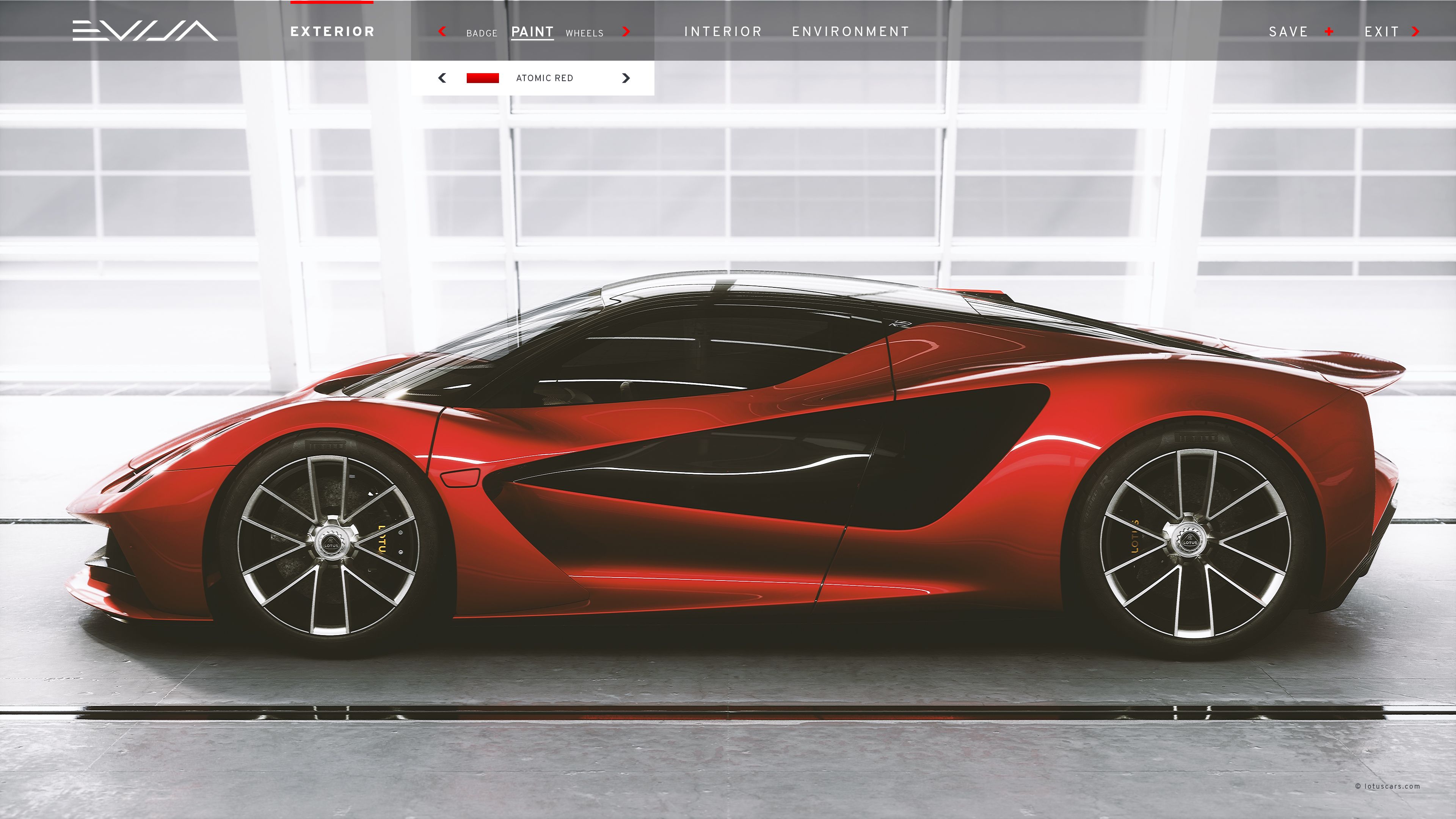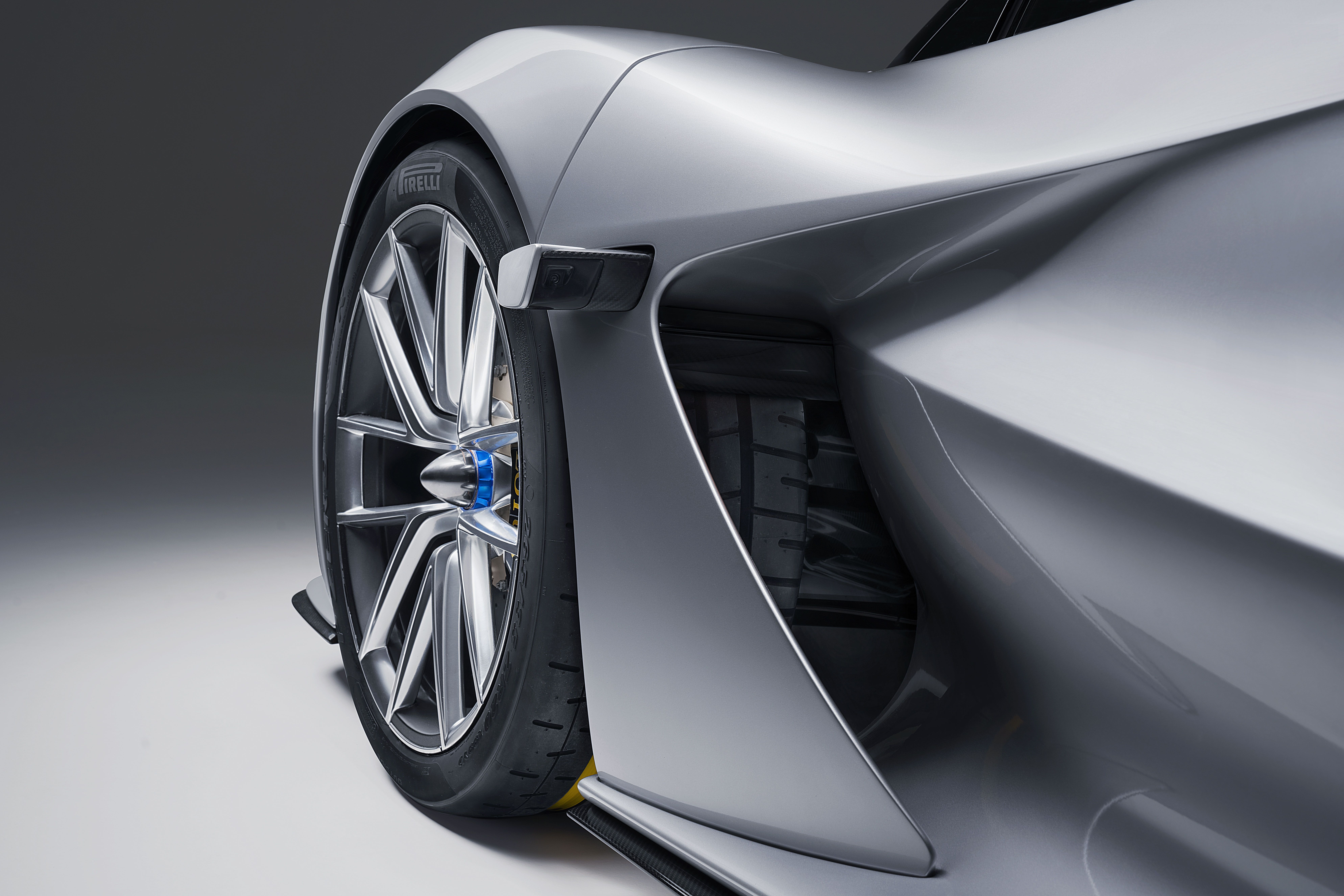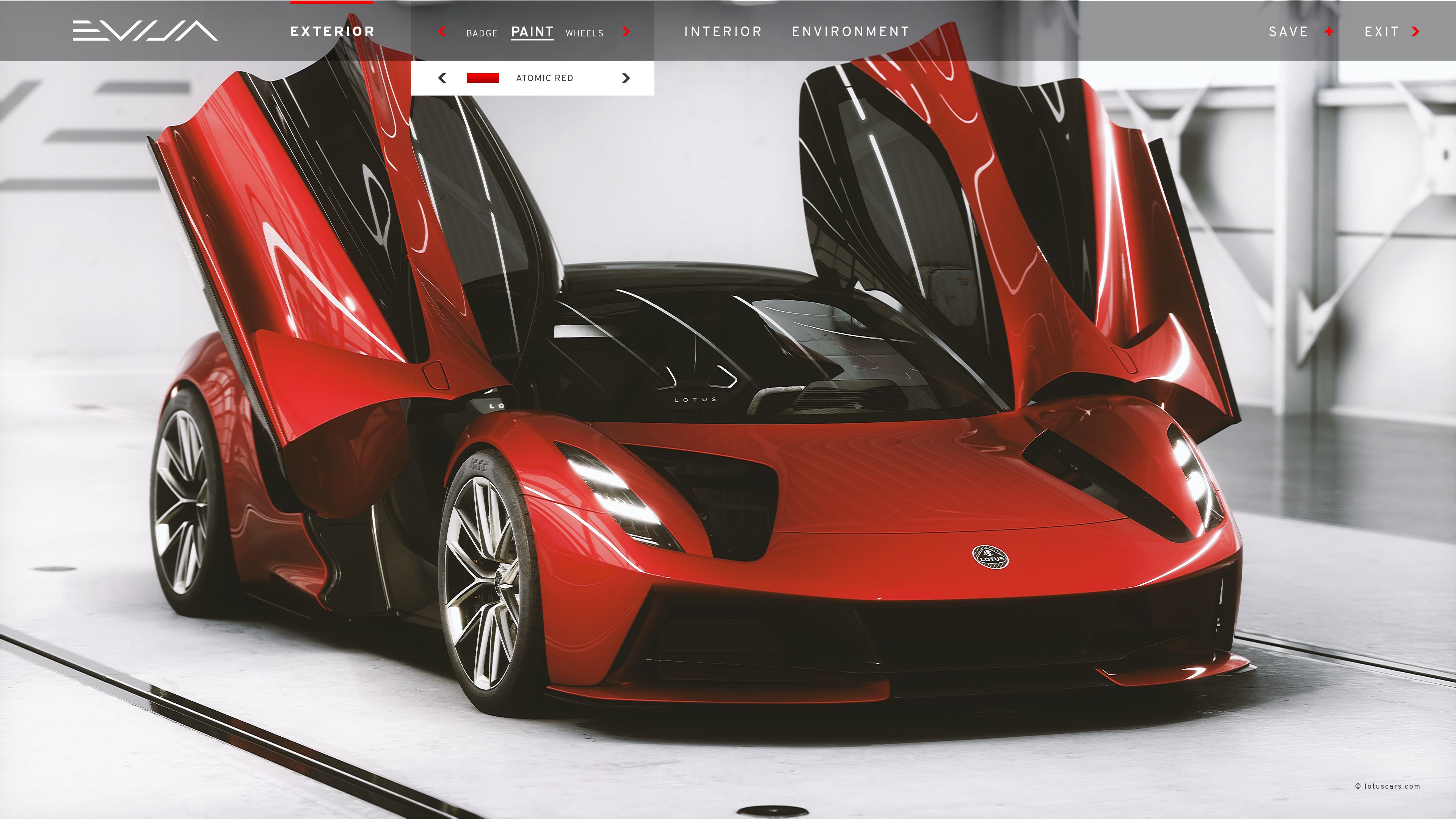Just like love and marriage, you can't have a supercar without top-shelf aerodynamics to keep it stable at high speeds and help the tires extract as much grip as possible from the ground.
Throw in an all-electric powertrain and the need for a body that lets air flow smoothly becomes even more pungent. Here's how Lotus solved the aero equation for the Evija.
Every square inch matters
While developing the Evija, Lotus assigned the aerodynamics task to Richard Hill, one of its senior engineers and chief aerodynamicist. And according to Mr. Hill, comparing the Evija to regular sports cars is "like comparing a fighter jet to a child's kite." So, there's that.
Another interesting point is the Evija's 'porosity'. Lotus is adamant that instead of having to break the air to go forward with brute force like most cars, the Evija breathes in the air and lets it pass through its various body elements, such as the venturi tunnels on its rear quarters. On top of that, the Evija is fitted with an active rear wing and an F1-style DRS setup (Drag Reduction System).
Let's not forget that the EV powertrain needs cooling, too
On the other hand, the outside sections of the splitter do the same thing, but the extracted air reaches and cools the front e-axle. Other than that, it also acts like a traditional splitter, reducing the amount of air that goes under the car, to reduce drag and lift on the underbody.
Lotus still has to do some testing by the end of 2020, and after that the company is set to announce drag coefficient and downforce figures for the Evija. Check out the video below for a detailed look at how the Evija handles the airflow.
Here's what we know about the 2021 Lotus Evija so far:
-* codenamed Type 130, sold in just 130 examples
-* Evija is pronounced 'eh-VIE-ya'
-* 1,972 horsepower and 1,254 pound-feet of torque
-* weight: 3,704 pounds
-* top speed: over 200 mph
-* 0-60 mph: under 3 seconds
-* 0-124 mph: around 6 seconds
-* 0-186 mph: less than 9 seconds
-* range: 250 miles
-* battery: 2,000 kWh, Li-ion
-* price: $1.5-$2.5 million



